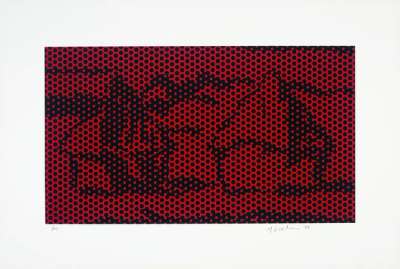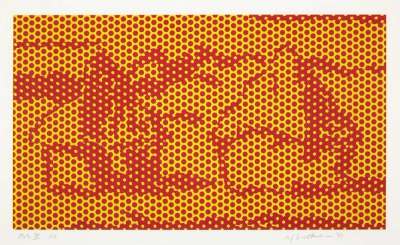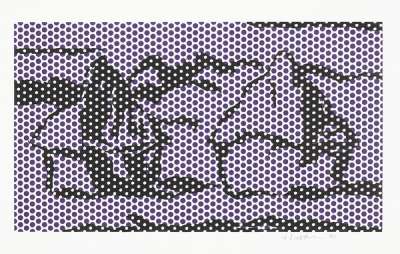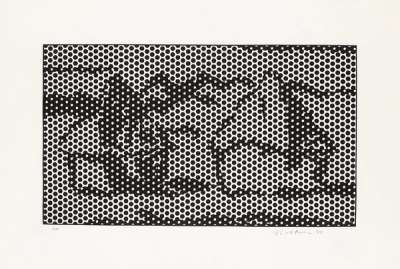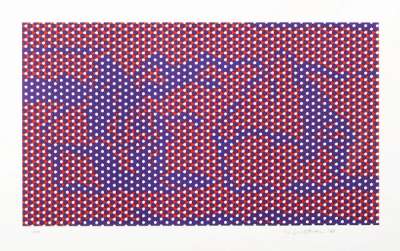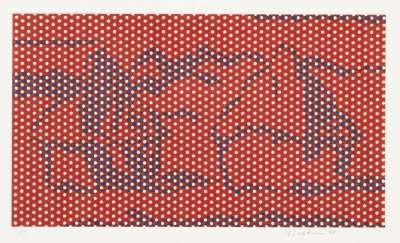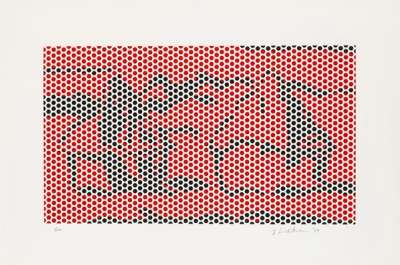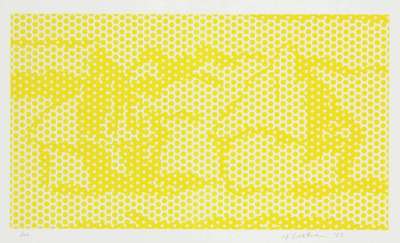
Haystack
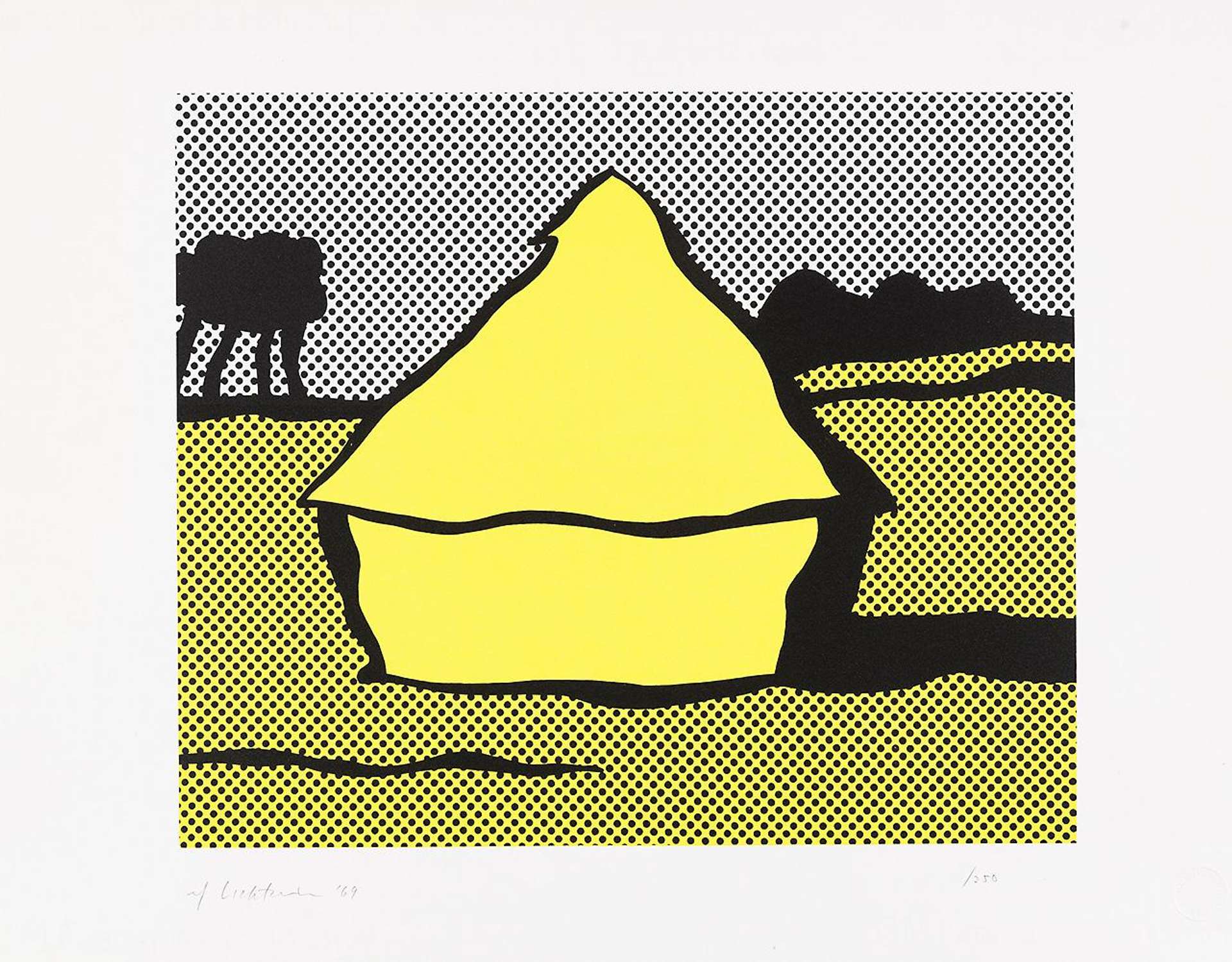
Haystack
Signed Print
Roy Lichtenstein
£10,500-£15,000
$20,000-$29,000 Value Indicator
$18,000-$26,000 Value Indicator
¥100,000-¥140,000 Value Indicator
€12,500-€18,000 Value Indicator
$100,000-$150,000 Value Indicator
¥1,990,000-¥2,850,000 Value Indicator
$13,500-$19,000 Value Indicator
AAGR (5 years) This estimate blends recent public auction records with our own private sale data and network demand.
There aren't enough data points on this work for a comprehensive result. Please speak to a specialist by making an enquiry.
Medium: Screenprint
Edition size: 250
Year: 1969
Size: H 48cm x W 66cm
Signed: Yes
Format: Signed Print
TradingFloor
MyPortfolio
Your collection tracked in real time.
Build your portfolio, manage valuations, view return against your collection and watch works you're looking for.
Track auction value trend
Auction Results
| Auction Date | Auction House | Artwork | Hammer Price | Return to Seller | Buyer Paid |
|---|---|---|---|---|---|
| Sotheby's London - United Kingdom | Haystack - Signed Print | ||||
| Sotheby's Online - United Kingdom | Haystack - Signed Print | ||||
| March 2023 | Sotheby's Online - United Kingdom | Haystack - Signed Print | |||
| February 2022 | Christie's New York - United States | Haystack - Signed Print | |||
| August 2020 | Tate Ward Auctions - United Kingdom | Haystack - Signed Print | |||
| October 2018 | Rosebery's Fine Art Auctioneers - United Kingdom | Haystack - Signed Print | |||
| December 2017 | Ketterer Kunst Hamburg - Germany | Haystack - Signed Print |
Meaning & Analysis
Roy Lichtenstein repeatedly referenced various artists and schools of art historical thought over the course of his career. He boldly addressed hierarchical notions pinning originality in opposition to reproduction and high art against low art.
In 1969, Lichtenstein produced a sequence of prints paraphrasing impressionist Claude Monet's Haystack paintings of 1891. The same year he also finalised his masterful Cathedral series, inspired by Monet’s portrayal of the Rouen Cathedral.
Depicting a cluster of haystacks captured at various hours of the day, Monet’s paintings are considered one of the most seminal series of early modern art. He was highly praised for his serial studies set in natural settings, illustrating the dynamic relationship between light and colours.
Lichtenstein’s mechanical Haystacks interrogate the authenticity attributed to the French impressionist. The artist replaces the spontaneous impressionist brushstrokes with the exactness of his own signature Ben Day dots. Portraying a yellow stack of hay in the centre of the composition, Haystack is the most figurative one of the prints. The main element in the middle is defined through thick black contouring. The backdrop of the print is densely populated by strategically positioned dots, thrusting the simplified comic book rendition of the haystack to the foreground of the work.
